Architectural Wonders: A Parisian Stroll
Join our free walking tour to explore Paris's architectural marvels. Enjoy a 30-minute walk celebrating stunning designs and rich histories of iconic landmarks.
Time
3 Hours
Stops
9 Places
Distance
4.1 km
Notre-Dame Cathedral
Start your tour at the iconic Notre-Dame Cathedral, a masterpiece of French Gothic architecture and a symbol of Parisian history.
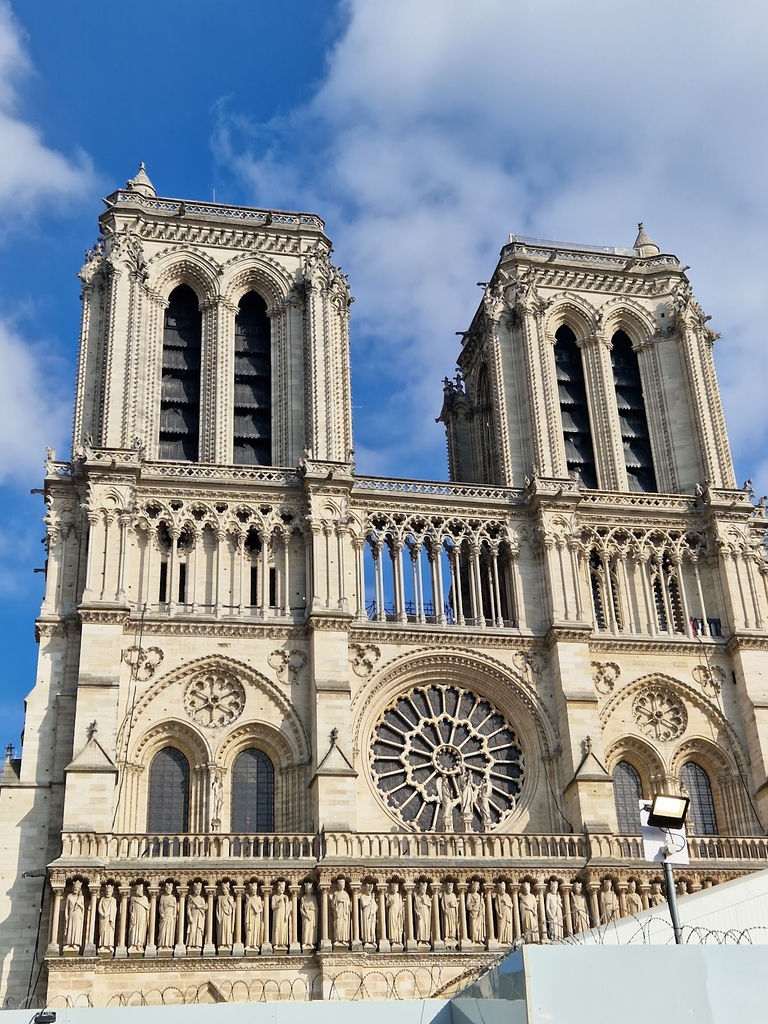
Notre-Dame Cathedral (Source: Google Maps)
Notre-Dame Cathedral, an iconic symbol of Paris, is a prime example of French Gothic architecture. Construction began in 1163 and took nearly two centuries to complete. The cathedral features intricate sculptures, flying buttresses, and stunning stained glass, including the famous rose windows. It has played a significant role in French history, witnessing events such as royal ceremonies and the coronation of Napoleon Bonaparte. Despite the devastating fire in 2019, restoration efforts are underway, and it remains a testament to the resilience of Parisian heritage.
Sainte-Chapelle
Just a short walk away, visit Sainte-Chapelle, renowned for its stunning stained-glass windows that depict biblical scenes.
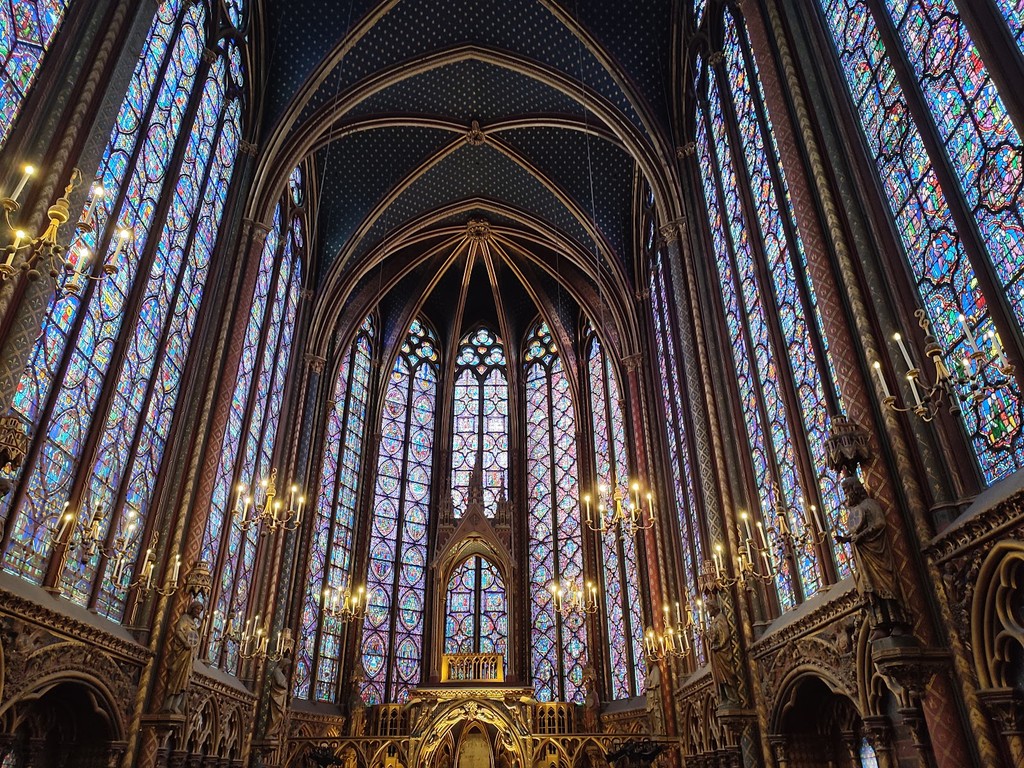
Sainte-Chapelle (Source: Google Maps)
Sainte-Chapelle, located on the Île de la Cité, is renowned for its breathtaking stained-glass windows that depict 1,113 scenes from the Old and New Testaments. Built in the 13th century by King Louis IX to house relics of the Passion of Christ, this Gothic chapel is a masterpiece of medieval architecture. The upper chapel, with its soaring ceilings and vibrant colors, creates a spiritual atmosphere that leaves visitors in awe. Sainte-Chapelle is not only an architectural gem but also a significant cultural landmark, reflecting the devotion and artistry of its time.
Hôtel de Ville
Head towards the Hôtel de Ville, the magnificent city hall of Paris, known for its impressive architecture and historical significance.
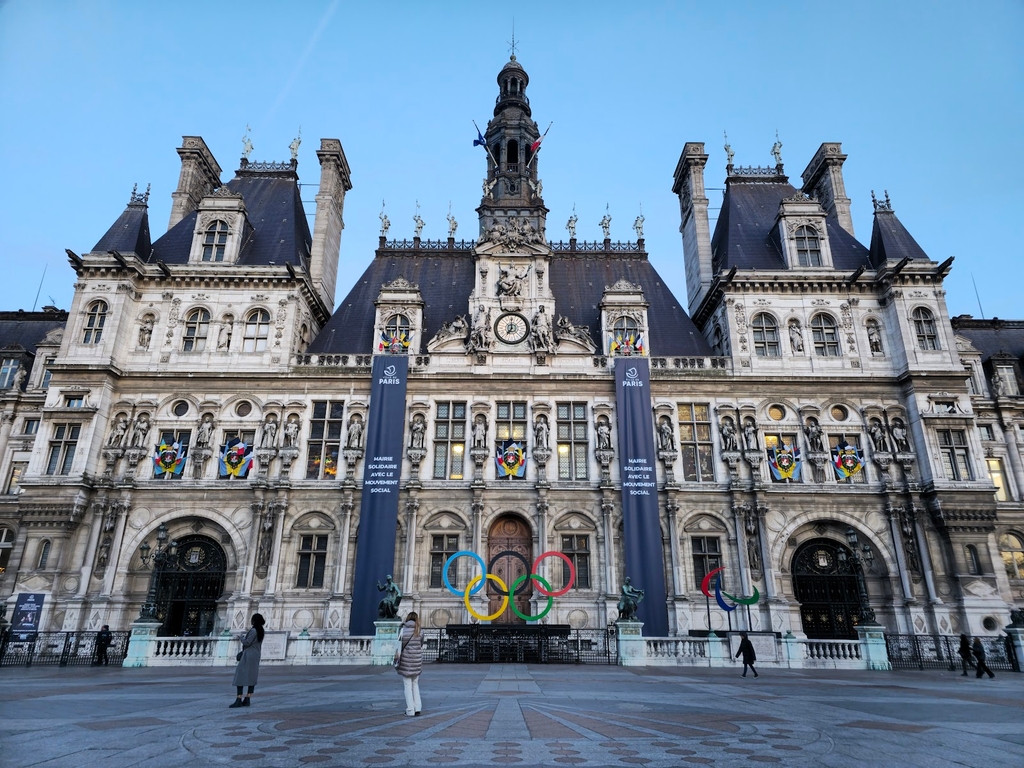
Hôtel de Ville (Source: Google Maps)
The Hôtel de Ville, or City Hall of Paris, is an architectural masterpiece that exemplifies the grandeur of the French Renaissance. Originally built in the 14th century, it has been reconstructed and expanded over the years, featuring a stunning façade adorned with sculptures and intricate details. The building serves as the administrative center of Paris and is a symbol of the city's governance. Visitors can admire the beautiful interior, which hosts various events and exhibitions, and learn about the rich history of Paris through its many rooms filled with art and memorabilia.
Centre Pompidou
Continue to the Centre Pompidou, a striking example of high-tech architecture and a hub for modern art.
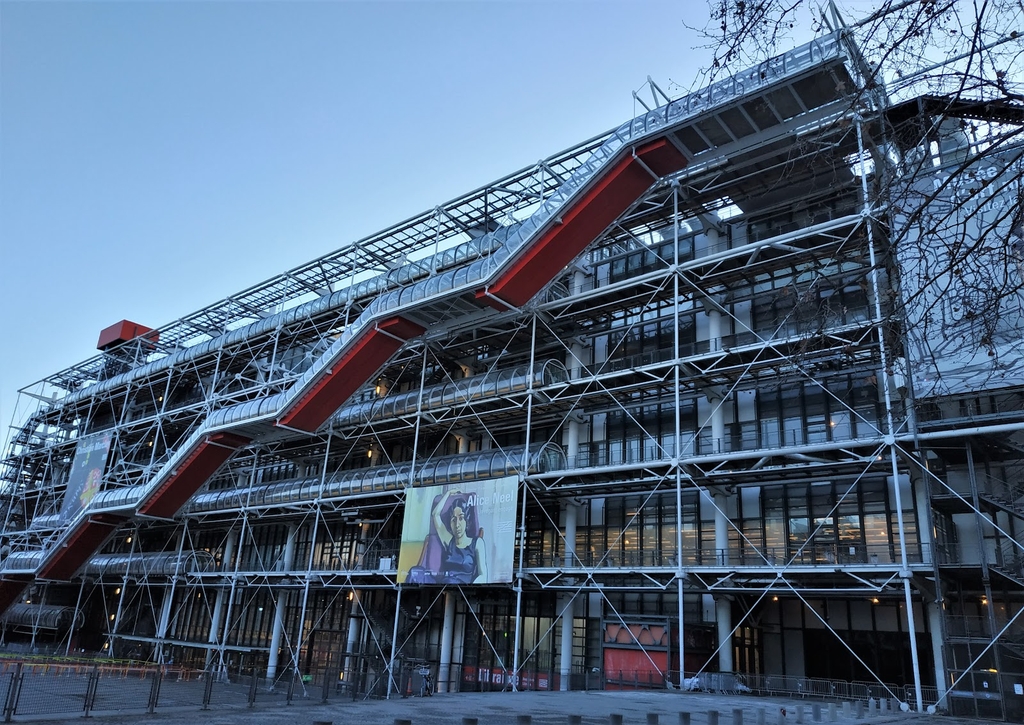
Centre Pompidou (Source: Google Maps)
The Centre Pompidou, designed by architects Renzo Piano and Richard Rogers, is a striking example of high-tech architecture that challenges traditional design. Completed in 1977, its exposed structural elements, colorful tubing, and unconventional layout have made it a landmark of modern art and culture in Paris. Housing the National Museum of Modern Art, the Centre Pompidou features an extensive collection of 20th and 21st-century artworks. The rooftop terrace offers breathtaking views of the Paris skyline, making it a must-visit for art enthusiasts and architecture lovers alike.
Le Marais District
Explore the charming Le Marais district, filled with historic buildings, trendy boutiques, and vibrant street life.
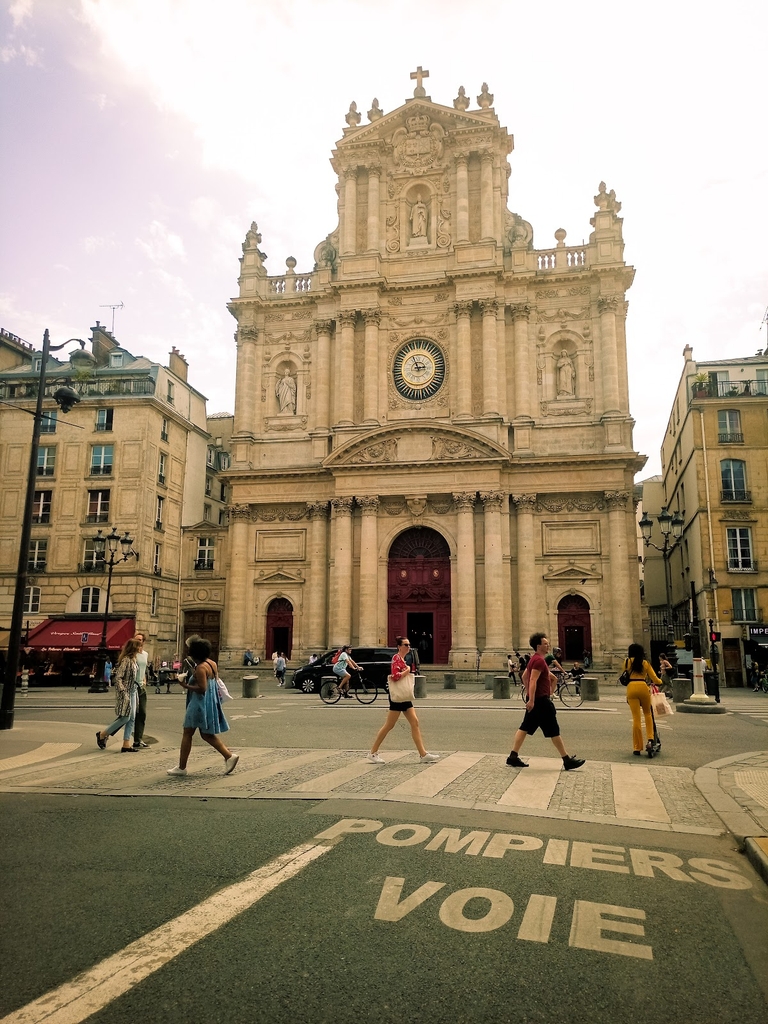
Le Marais District (Source: Google Maps)
Le Marais, one of Paris's most historic districts, is known for its charming narrow streets, well-preserved medieval buildings, and vibrant atmosphere. Once a noble quarter, it now boasts trendy boutiques, art galleries, and cafés, blending history with modern culture. The area is home to several museums, including the Picasso Museum and the Carnavalet Museum, which chronicles the history of Paris. Le Marais is also famous for its lively Jewish community, with kosher shops and restaurants adding to its diversity. Strolling through Le Marais offers a glimpse into the rich tapestry of Parisian life.
Place des Vosges
Wander to Place des Vosges, the oldest planned square in Paris, surrounded by elegant 17th-century architecture.
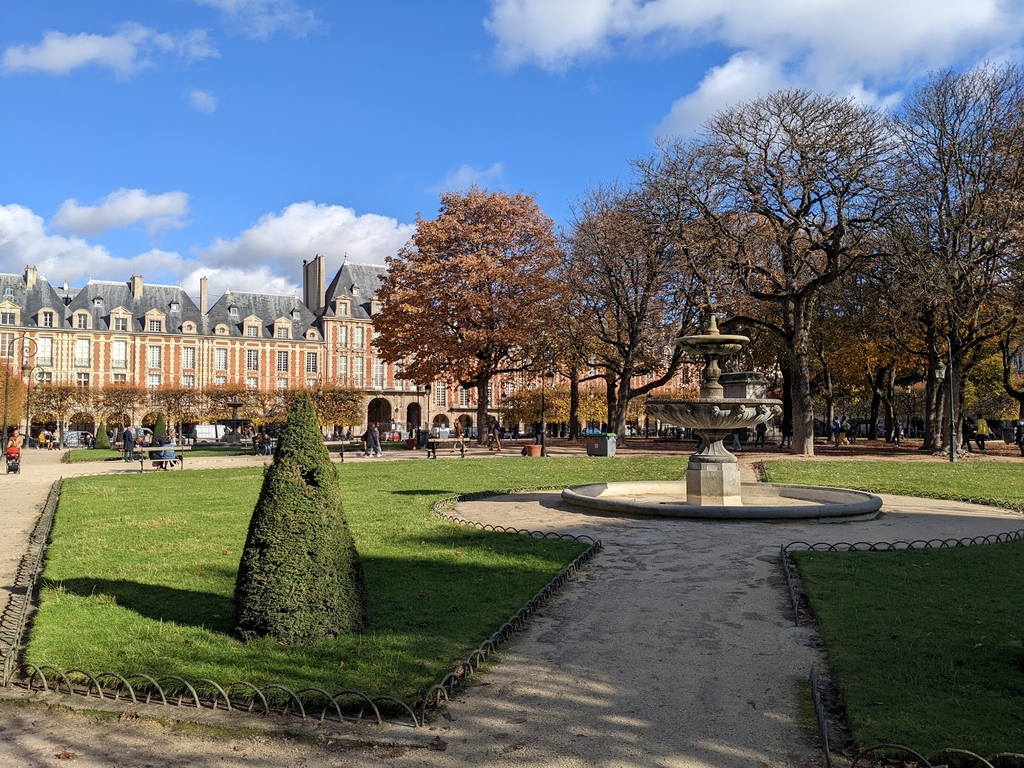
Place des Vosges (Source: Google Maps)
Place des Vosges, the oldest planned square in Paris, was inaugurated in 1612 and is surrounded by stunning 17th-century architecture. Its symmetrical layout and uniform red-brick facades create a harmonious atmosphere, making it a favorite spot for locals and visitors alike. The square has been the residence of many notable figures, including the famous writer Victor Hugo. Today, it features beautiful gardens and art galleries, inviting visitors to relax and enjoy the serene environment. The Place des Vosges is a testament to the elegance of Parisian urban planning and a must-visit for anyone exploring the city.
Opéra Bastille
Visit the Opéra Bastille, a modern architectural marvel and a major venue for opera performances.
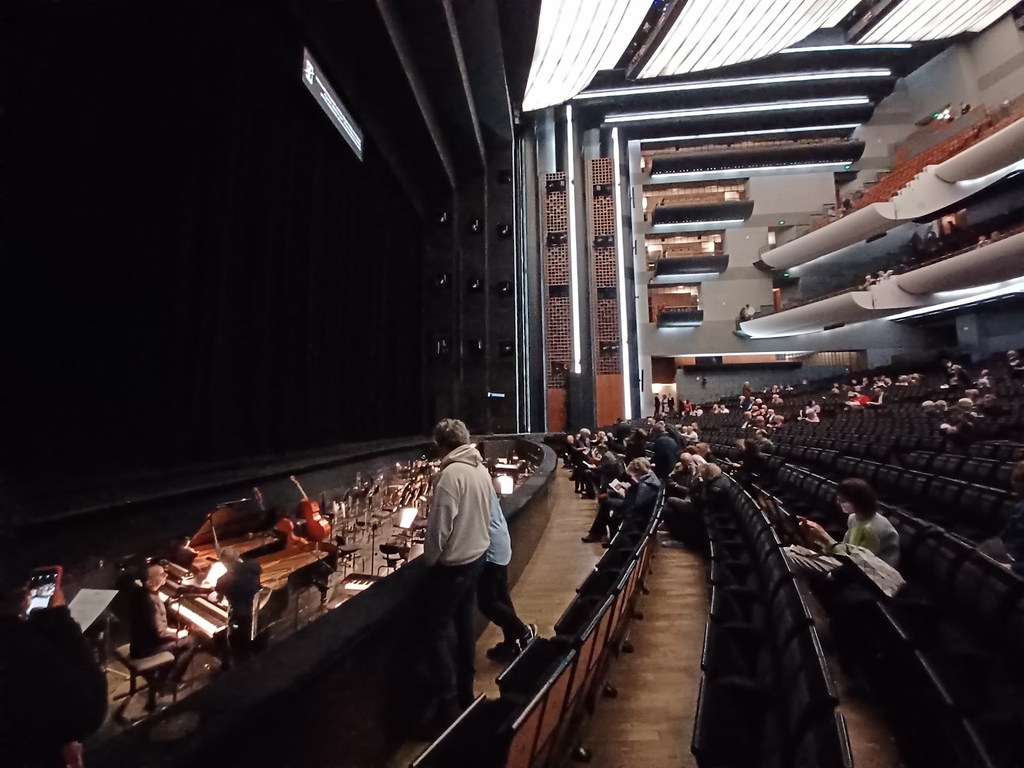
Opéra Bastille (Source: Google Maps)
The Opéra Bastille, inaugurated in 1989, is a modern architectural marvel that serves as one of the two primary opera houses in Paris. Designed by architect Carlos Ott, its glass façade and bold geometric shapes contrast with the historic buildings of the city. The opera house is known for its excellent acoustics and state-of-the-art facilities, hosting a diverse range of performances, from classic operas to contemporary ballets. The surrounding area is vibrant, with cafés and restaurants, making it a perfect destination for both culture and leisure. The Opéra Bastille represents the dynamic evolution of the performing arts in Paris.
Bastille Market (Marche Bastille)
Discover the bustling Bastille Market, where you can immerse yourself in local culture and sample fresh produce.
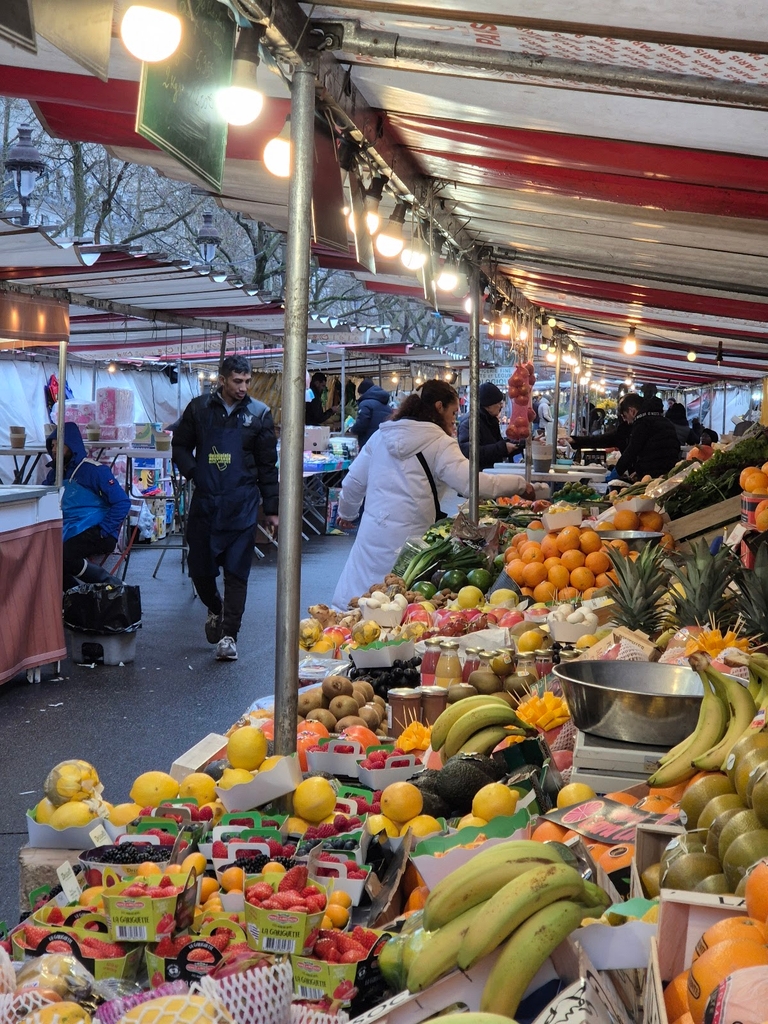
Bastille Market (Marche Bastille) (Source: Google Maps)
The Bastille Market is a bustling open-air market that takes place on Boulevard Richard Lenoir, offering a vibrant slice of local life. Established in 1989, it features a diverse array of vendors selling fresh produce, artisanal goods, and gourmet delicacies. The market is a sensory delight, with colorful stalls and the enticing aromas of baked goods, cheeses, and prepared foods. Visitors can immerse themselves in the lively atmosphere, sample local specialties, and interact with friendly vendors. The Bastille Market reflects the culinary richness of Paris and is a great place to experience the city's culture and community.
July Column (Colonne de Juillet)
End your tour at the July Column in Place de la Bastille, commemorating the Revolution of 1830 with its towering presence.
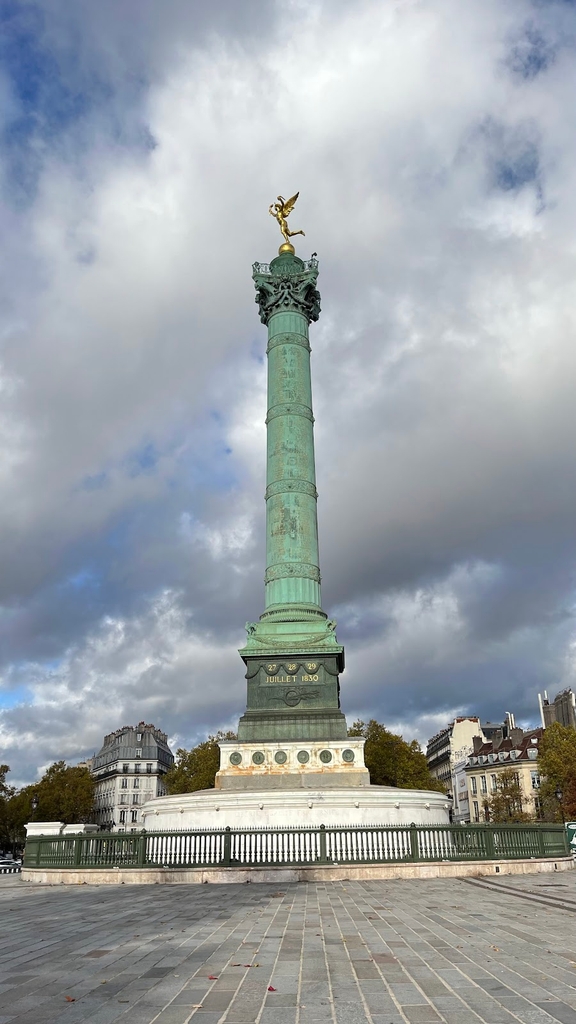
July Column (Colonne de Juillet) (Source: Google Maps)
The July Column, located in Place de la Bastille, commemorates the July Revolution of 1830, which led to the overthrow of King Charles X. Erected in 1840, the column stands 52 meters tall and is crowned by a bronze statue of Liberty, symbolizing the fight for freedom and democracy. The base of the column features intricate reliefs depicting the heroes of the revolution. The site is historically significant, as it marks the location of the storming of the Bastille prison in 1789, a pivotal event in the French Revolution. Today, the July Column serves as a reminder of the enduring spirit of the French people.

Your travels, your rules.
Create your own Free Walking Tours.
Set your preferences, distances and anything you want to do or see.
Completely free, no payment required.